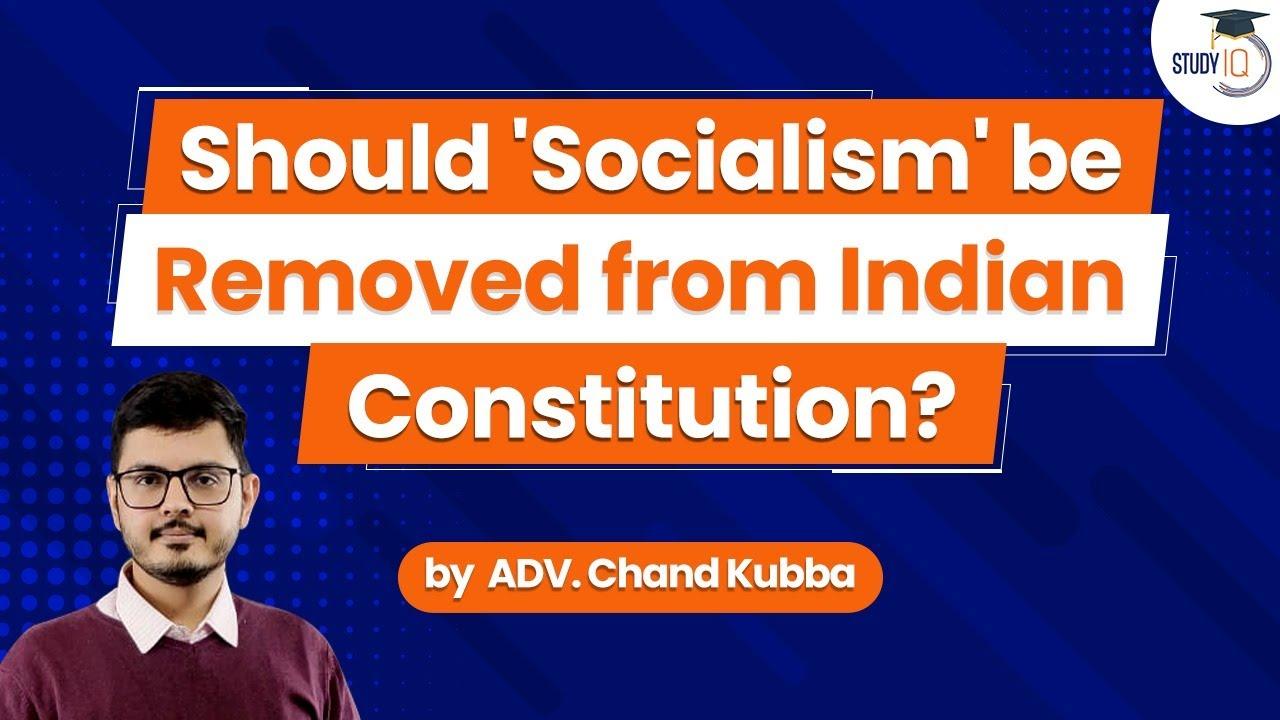Table of Contents
Capitalism
Private Ownership of Means of Production and Distribution. Fuelled by Industrial Revolution.
Led to-
- The exploitation of Workers.
- Their living conditions were poor.
- They were forced to live in slums in unhygienic conditions.
- Long working hours
- No Holidays.
- Minimum Wages.



Dimensions of Indian Socialism-
- Fabian Socialism / Democratic Socialism.
- Aim- to Lessen the Gap between Haves and Have Nots.
- With this objective in mind, adopted Mixed Economy Model.
Features of Mixed Economy-
- Focus on Regulation rather than Control.
- Citizens Welfare is a Priority.- various schemes like MGNREGA, Sarva Sikhsha Abhiyaan, Aayushmaan Bharat etc. Even CSR for Private Sector.
- Economic Planning so that the Public and Private sectors should work in a complementary manner.
- Price Regulations such as – Bhavantar Bharpayee Yojana of Haryana Government, Operation Greens etc.
Socialism in Indian Constitution
- Word Socialism was added to the Preamble of the constitution by the 42nd amendment in 1976.
- But Indian Polity is Socialist from the very beginning due to the presence of Directive Principles of State Policy.




Government to monetize 25 Airports over 4 years, to fetch Rs.20782 crore.
The government has Introduced a four-year National Monetisation Pipeline (NMP) worth an estimated Rs 6 lakh crore. It aims to unlock value in brownfield projects by engaging the private sector, transferring to them revenue rights and not ownership in the projects, and using the funds so generated for infrastructure creation across the country.
Concerns
- Concern of Monopoly by few Players.
- Crony Capitalism.
- Potential Negative Impact on Consumers.


Download | Free PDF






















 WhatsApp
WhatsApp